
Advice about laying laminate flooring
1. Preparation and what you need
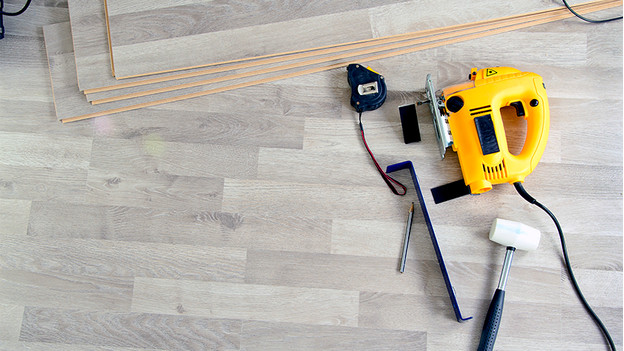
Put the laminate flooring in the room you're going to install it at least 48 hour beforehand. Lay it on the ground instead of against the wall, as the boards will warp. You should also make sure you have the right tools. Standard equipment includes a saw, hammer, flooring set, tape measure, and carpenter's pencil. Mix boards from the different packages. This way, you won't notice it as much if there's a slight difference in color.
2. Start laying
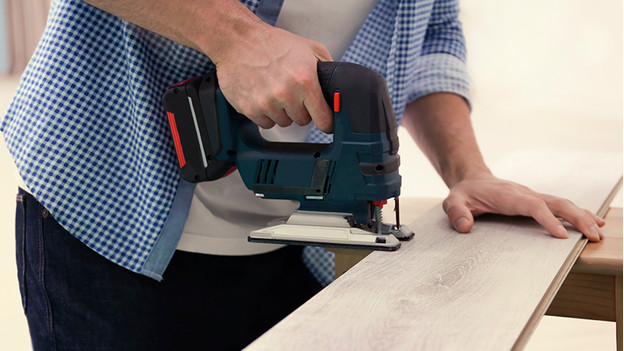
Start installing the floor in a corner. On the packaging, check whether to install the floor towards the wall or away from it. Place the distancers between the walls and boards, as wood shrinks or expands due to temperature changes in the summer and winter. Slide the ends together tightly and snap them together. If you have click laminate flooring without a quick-click system, use a tapping block and a hammer.
3. First and last part of a board
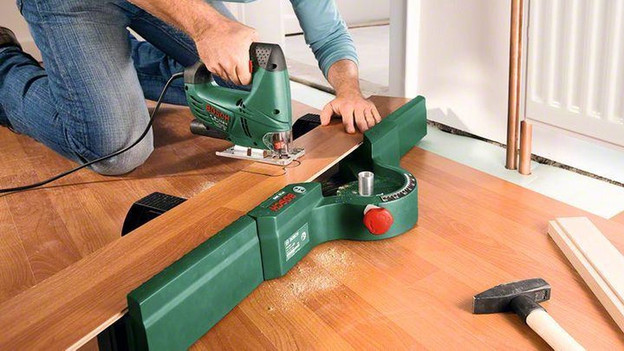
Cut the last board of the first lane to use. If the part you have left is larger than 30cm, use it to start the new lane. If it's shorter, cut a new board in half and start with that. Attach the long sides to each other and make sure you do so tightly with a hammer and tapping block.
4. Finish
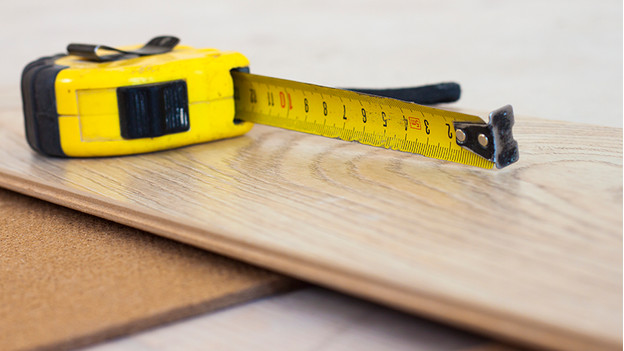
You also have to install laminate flooring around doorframes or pipes. You can do this with the help of a contour gauge. Use a laminate pull bar for places that are difficult to reach, such as under a radiator. Hook it behind the cut size of the board and tap the board into place with a hammer. You'll have to cut the width of the last lane of your laminate flooring to size. After that, you're basically done.
5. Division
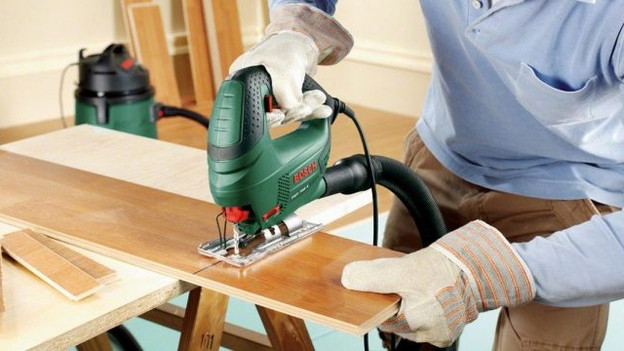
Want to distribute your laminate flooring neatly? Start each uneven lane with 1/3 part of a board, and the even lanes with a whole board. Keep in mind that you'll use more boards this way. But as a result, you'll have very tightly installed laminate flooring.
6. Cut laminate
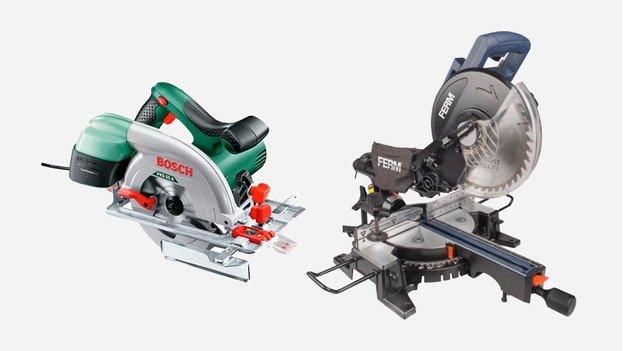
If you're sawing laminate with a hand saw, make sure you turn the good-looking side up. With a radial arm saw, circular saw, jigsaw, or table saw, you should rather saw the planks with the good-looking side down. If you're using a saw blade made for laminate, however, you should saw wit the good-looking side up, since a laminate saw blade as upside-down teeth, which means it splinters downward.


